What is Canine Parvovirus (CPV) Disease?
- Dr Andrew Matole, BVetMed, MSc

- Dec 26, 2020
- 3 min read
Updated: Oct 26, 2021
Introduction
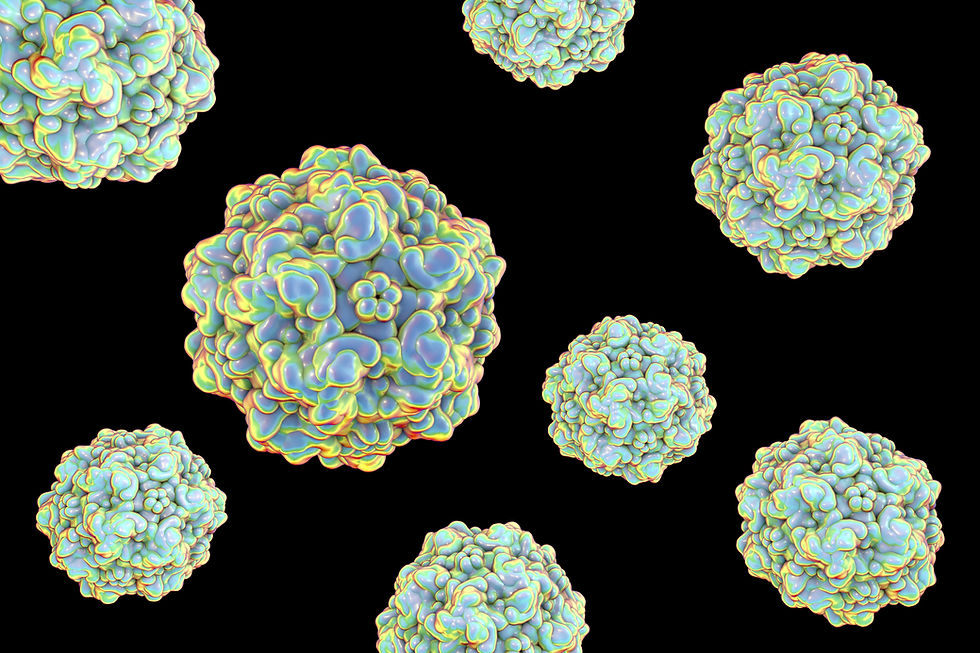
Canine parvovirus disease is a serious viral infection of the gastrointestinal tract of young dogs. There are two types of parvoviruses that affect young dogs from weaning to about six months when maternal bodies against the virus wane. They are highly resistant viruses. The two viruses are:-
Canine Parvovirus - 1 (CPV-1 - first recognized in 1967)
Canine Parvovirus - 2 (CPV-2 - first recognized in 1978). This virus is divided further into other strains (CPV-2a, CPV-2b and CPV-2c).
The management of parvoviral enteritis includes intravenous fluids and supportive treatment.es, bone marrow and heart muscles in young puppies resulting in vomiting and profuse diarrhoea that is often bloody. Parvovirus also suppresses the immune system and causes a profound decrease in the white blood cell numbers circulating in the blood. Large numbers of the virus particles are shed in the faeces of infected dogs and usually infect puppies that have not been vaccinated or have not completed their vaccine course. · Fecal contamination of environment usual route for infection.
Parvoviruses are highly resistant, therefore fomites also important in the transmission of infection.
What are the clinical signs of parvovirus infection?
Dogs that are infected usually develop the clinical signs of disease 4-7 days after they are exposed to the infecting virus(es). Infection is usually as a result of eating infected material, mostly excretions from infected dogs.
The initial signs of infection are:-
Listlessness
Lack of appetite
Vomiting.
The disease progresses to:-
Dehydration
Diarrhoea
Increased or reduced respiratory rate.
Fading puppies.
Acute bronchitis and interstitial pneumonia that is usually mild but can be fatal.
Unexplained foetal death and subsequent resorption or abortion in bitches.
Unexplained foetal abnormalities.
Depression.
Develop a state of shock due to dehydration
Secondary bacterial infection
Eventually death within 24 hours.
How is canine parvovirus disease diagnosed?

The disease diagnosed by getting the history from the owner which will confirm all or some of the above mentioned clinical signs, lack or incomplete vaccination record plus the findings of a physical examination by the veterinary surgeon which can include:-
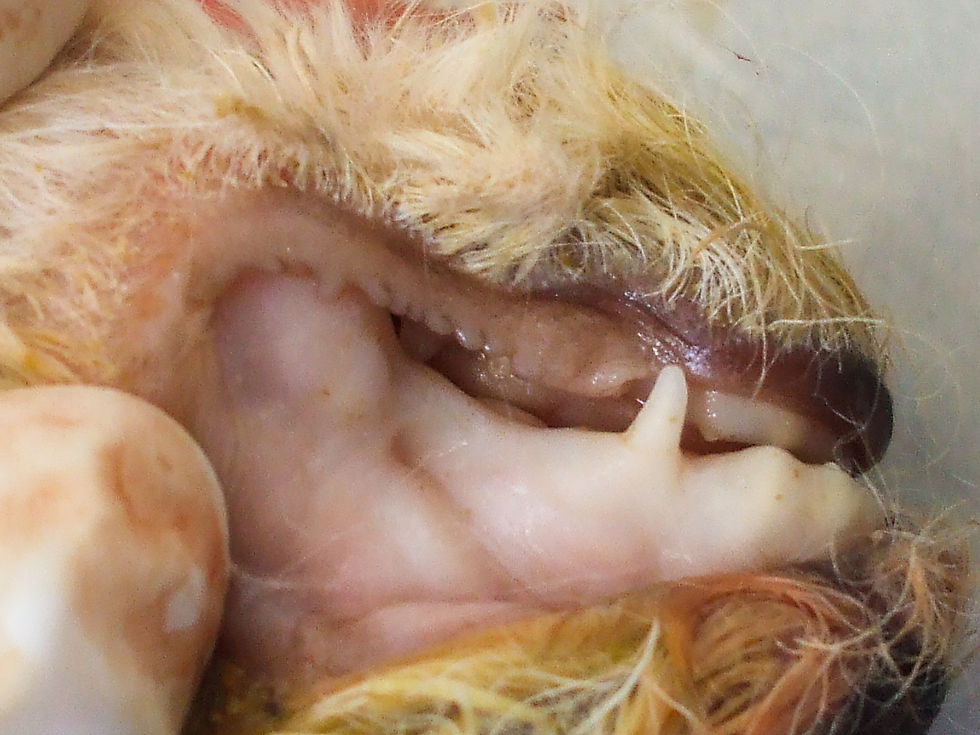
Dehydration.
Fever (or hypothermia with sepsis and endotoxemia).
Poor body condition.
Gassy intestine on palpation.
Abdominal lymph nodes enlargement.
Pale mucous membranes.
Abdominal pain.
Collapse
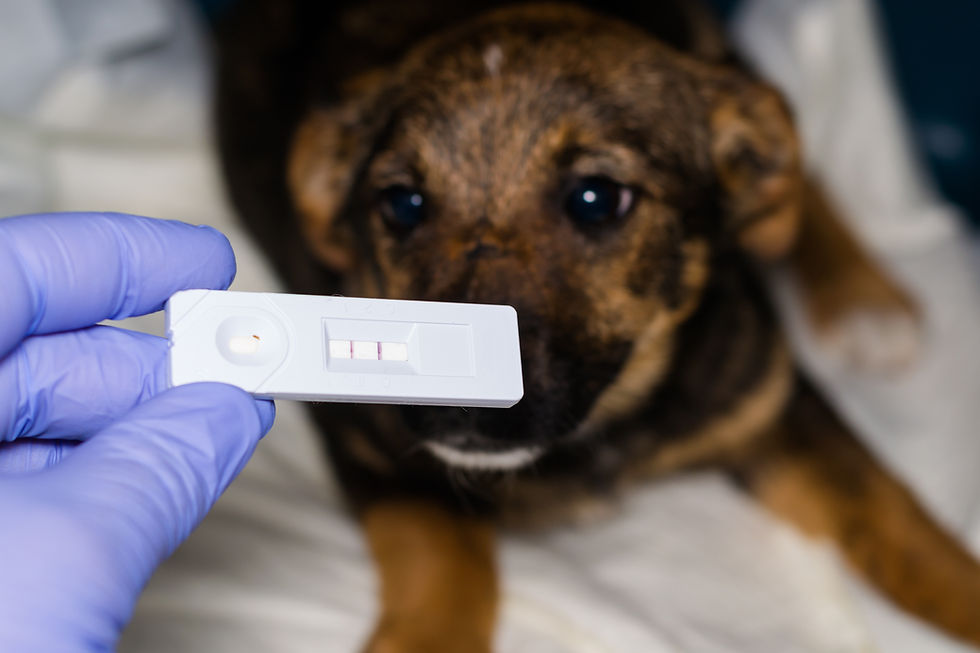
A blood test may show a severe decrease in the white blood cell number. However, definitive diagnosis is by the detection of the presence of parvovirus in the faeces.
Can canine parvovirus disease be treated?
Currently, there is no direct treatment against the virus. Therapy is "supportive" and consists mainly of injecting the dog with fluids and electrolytes via a vein in order to compensate for dehydration and correct for on-going losses of fluid by vomiting, diarrhoea and the refusal to drink during the disease.
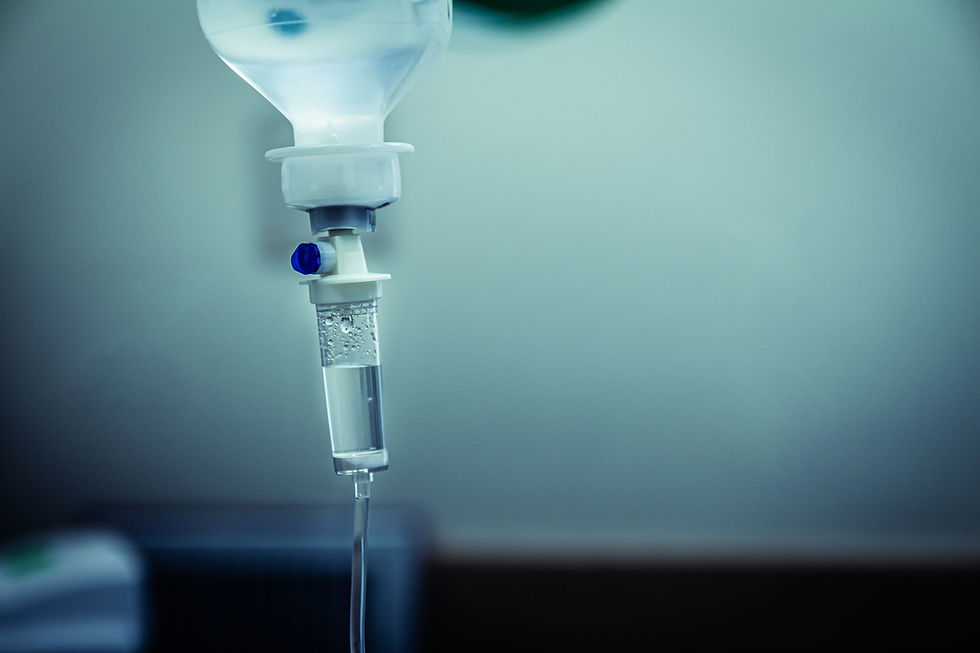
Besides, dogs are treated with drugs to stop vomiting, prevent gastric ulceration, and with antibiotics, to prevent secondary infection with bacteria.
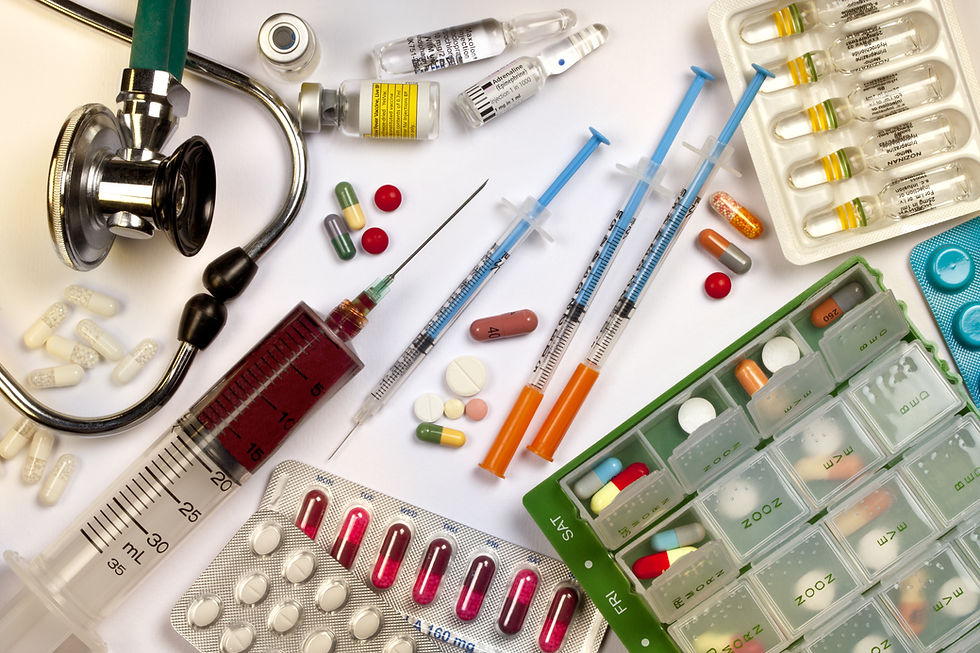
Can dogs with canine parvovirus disease get better?
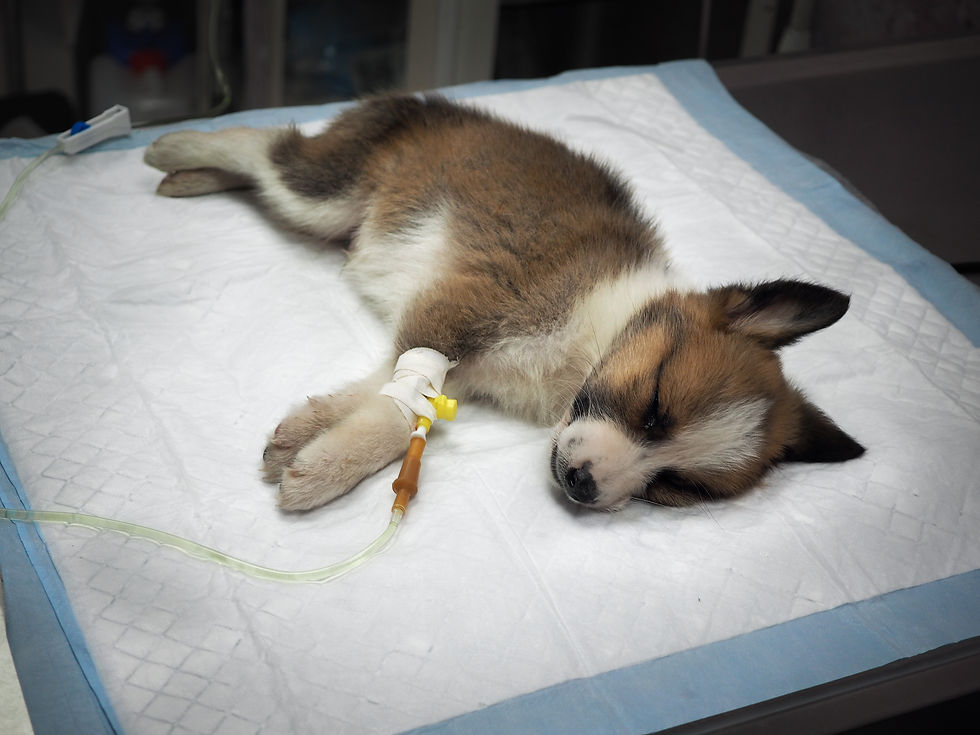
If the disease is diagnosed early (before your dog deteriorates severely) and appropriate medical treatment is given, your dog has a good chance of survival. However, some dogs do not survive despite proper medical care and early diagnosis. The disease appears to be more severe in young pups and in those that have had no vaccination against parvovirus or have only just begun their vaccination course.
How can canine parvovirus disease be prevented?

It is essential to vaccinate your dog according to recommendations. Puppies that are born to vaccinated dams usually have antibodies from their mothers (maternal antibodies) that protect them against infection during the first few weeks of their lives. The puppy is in danger after the level of maternal antibodies declines in his blood and that is when he should be vaccinated. Maternal antibodies prevent active vaccination, therefore a vaccine should be administered when the maternal antibodies are no longer protective and that time differs between puppies. The vaccination is repeated in order to make sure that the dog has had an effective vaccine dose and to boost this effect. Additionally, dams can be vaccinated before they become pregnant.

To prevent the spread of infection, sick dogs should be isolated from other dogs and cages and pens should be properly disinfected and cleaned. Puppies who have not completed their vaccination schedule should be prevented from any exposure to potentially infected animals or their environment.

Some breeds of dogs e.g., rottweilers, may need different vaccination protocols. Your vet will be able to advise you on which vaccinations your dog needs.
References
[1] D. K. Macintyre and S. Smith-Carr, "Canine parvovirus. II. Clinical signs, diagnosis, and treatment.," The Compendium on continuing education for the practising veterinarian (USA)., 1997.
[2] U. Truyen, G. Wolf and L. E. Carmichael, "The "other" parvovirus: first description of the minute virus of canines (Canine parvovirus type 1) in German," Tierarztliche Prax., vol. 24, no. 5, pp. 511-3, Oct; 1996.
[3] L. E. Carmichael, D. H. Schlafer and A. Hashimoto, "Minute virus of canines (MVC, canine parvovirus type-1): pathogenicity for pups and seroprevalence estimate.," Journal of Veterinary Diagnostic Investigation, vol. 6, no. 2, pp. 165-74., Apr 1994.
[4] Hoskins, "Neonatal diarrhoea in puppies and kittens.," in Kirk's Current Veterinary Therapy XIII., 2000.








Comments